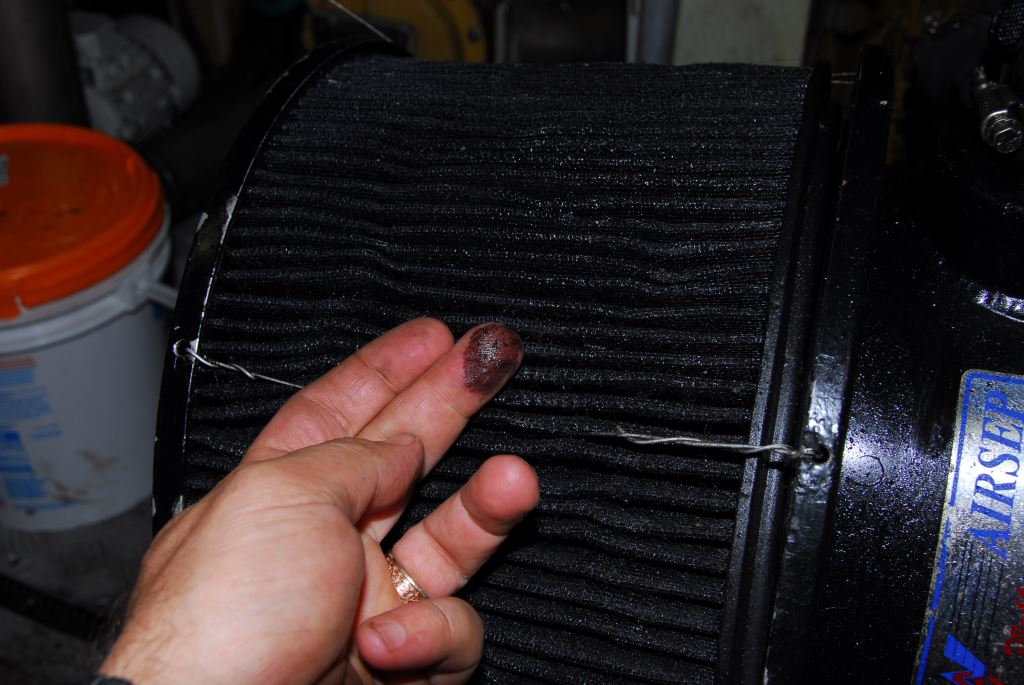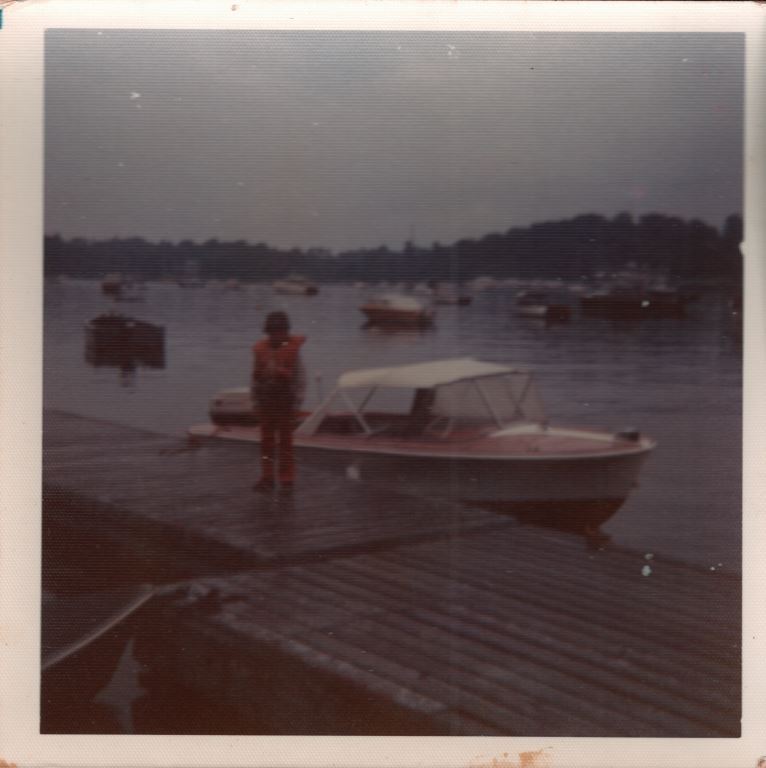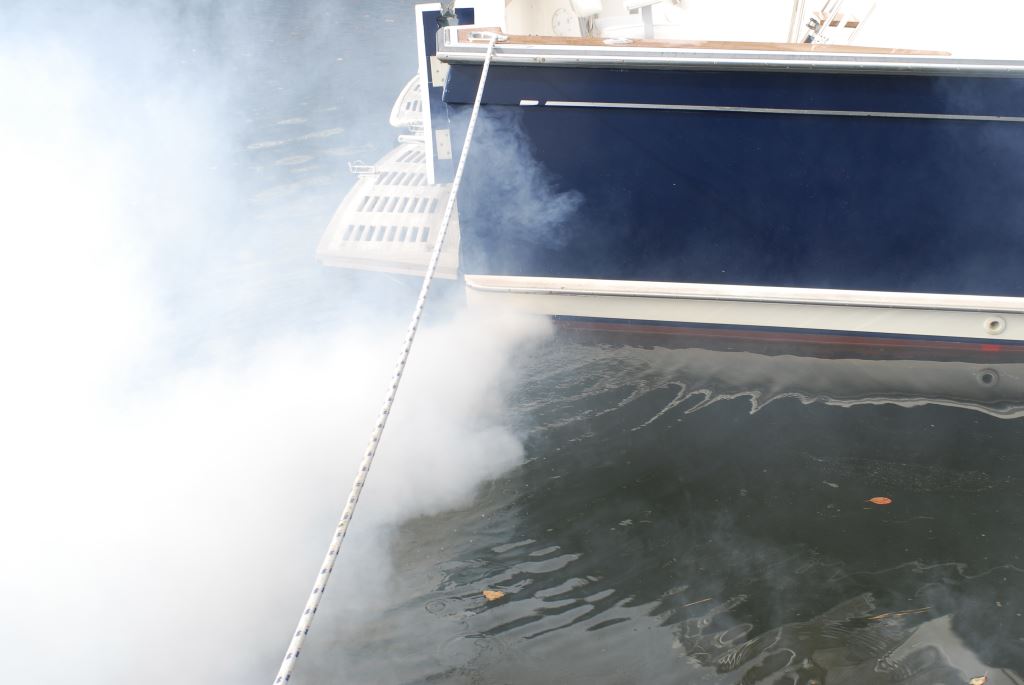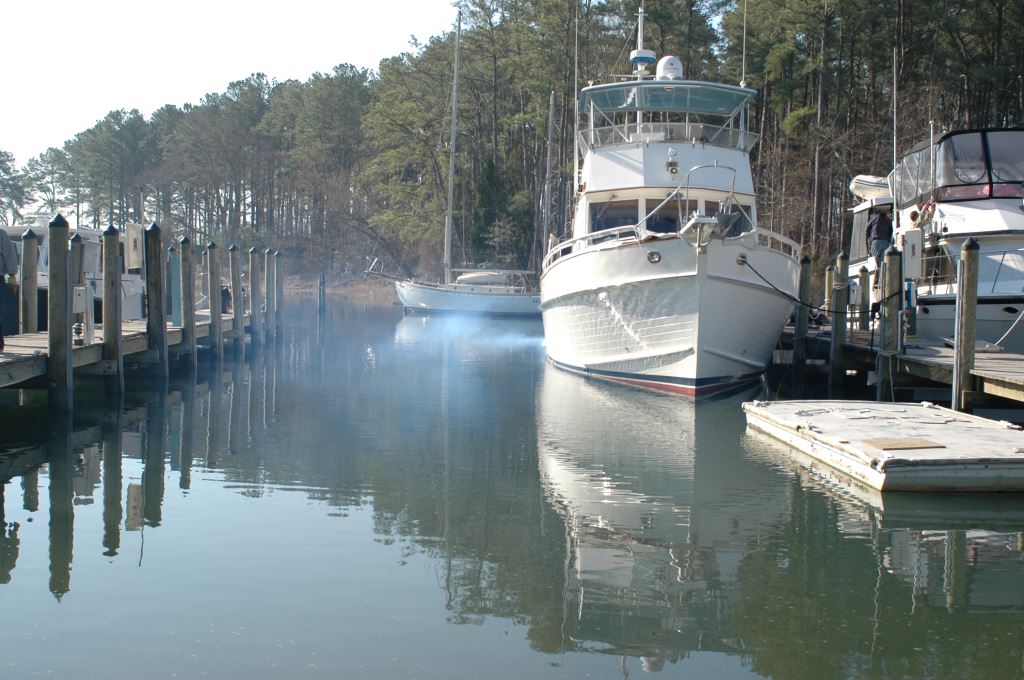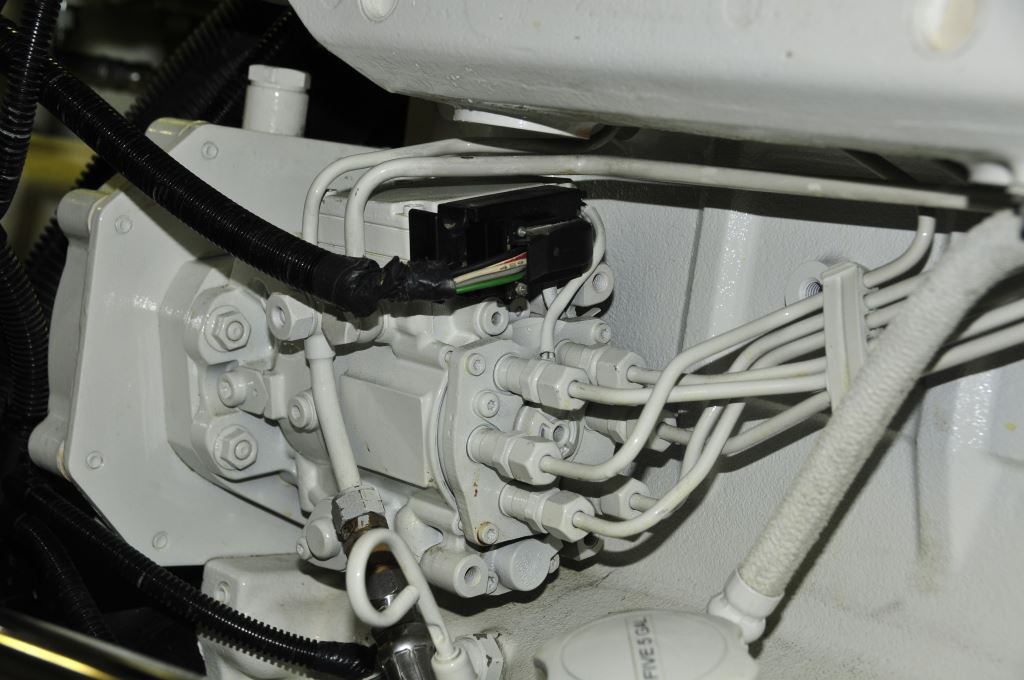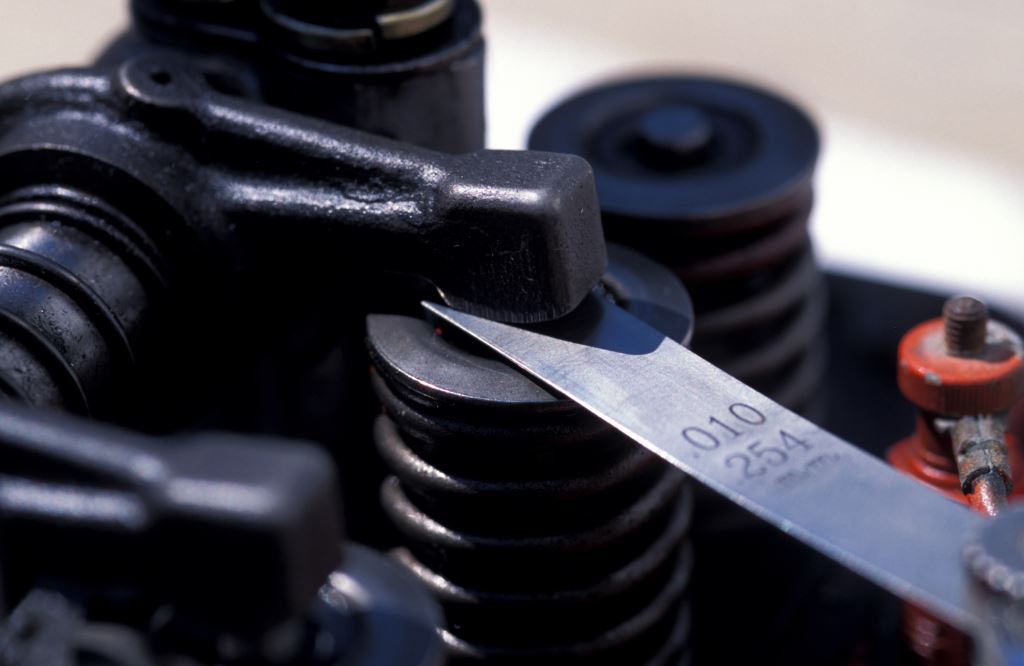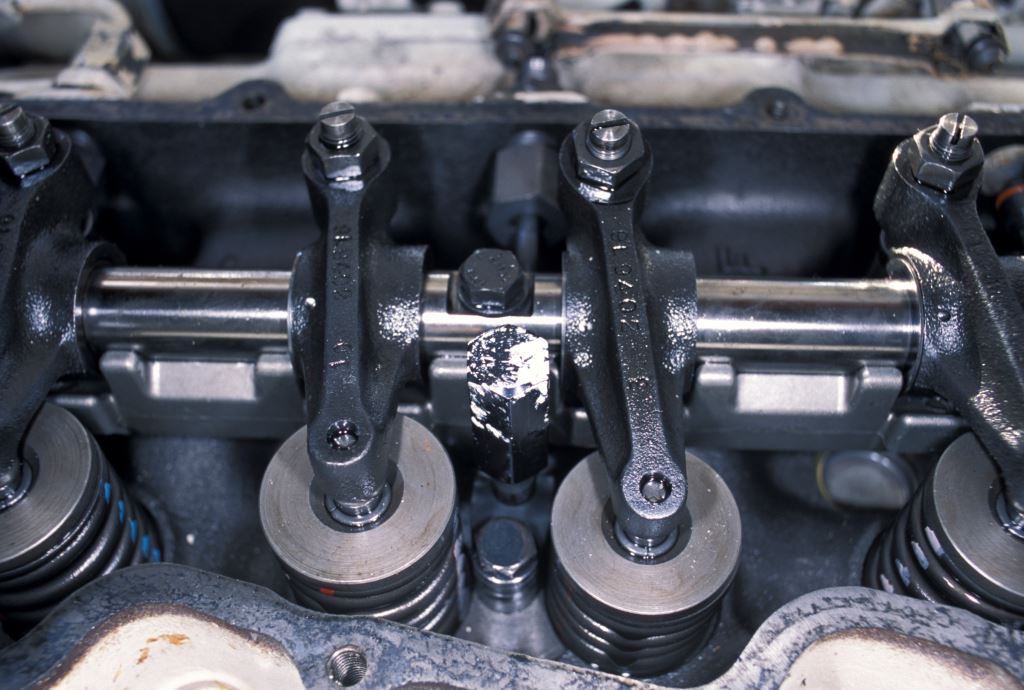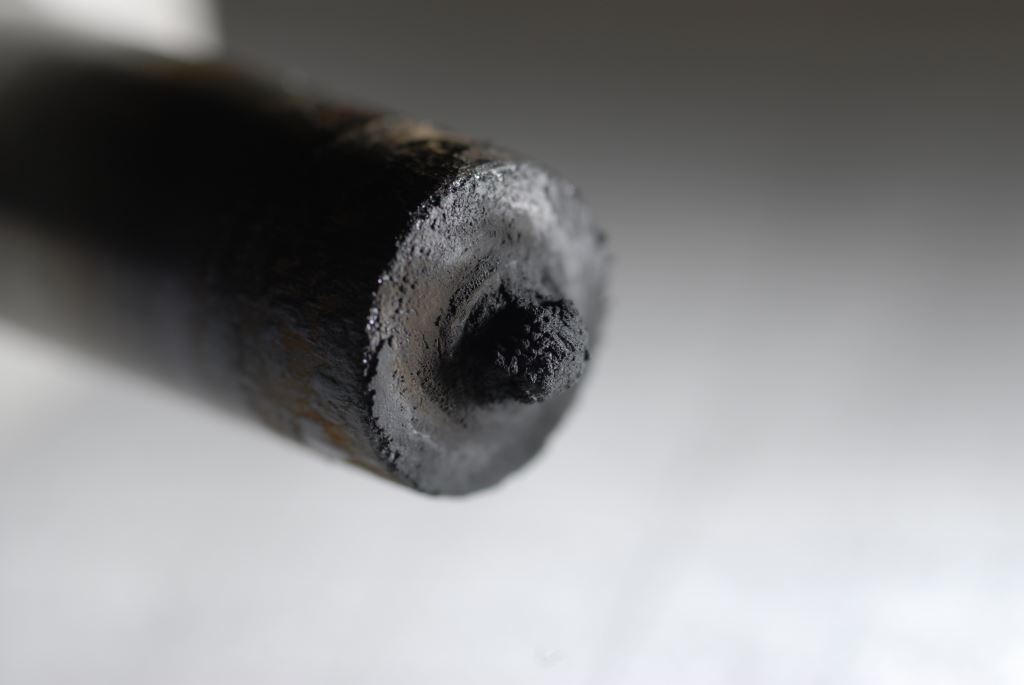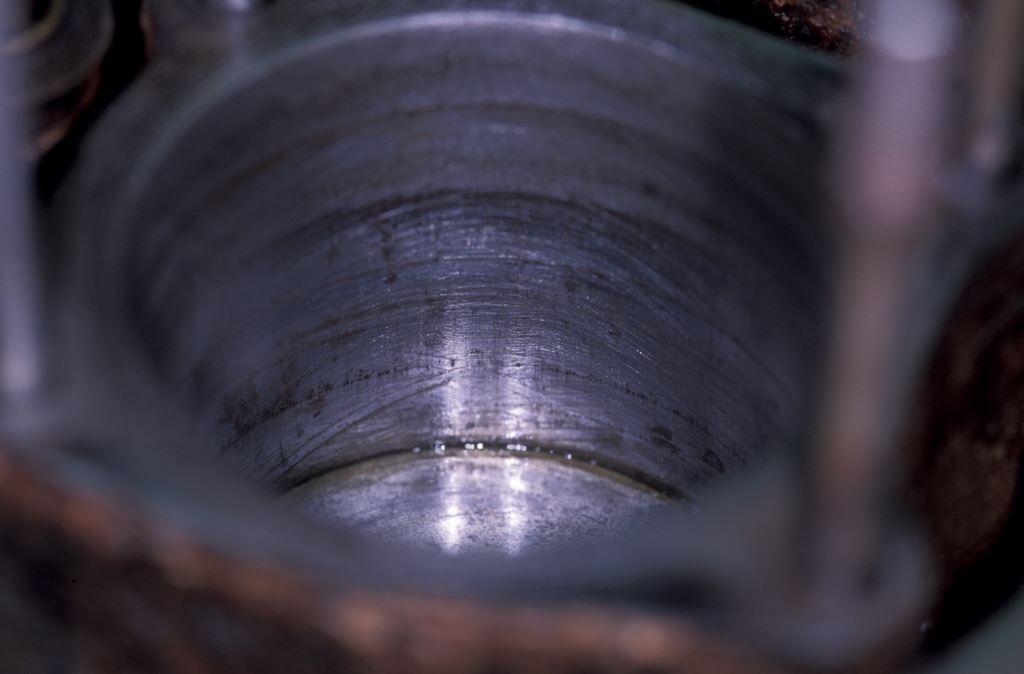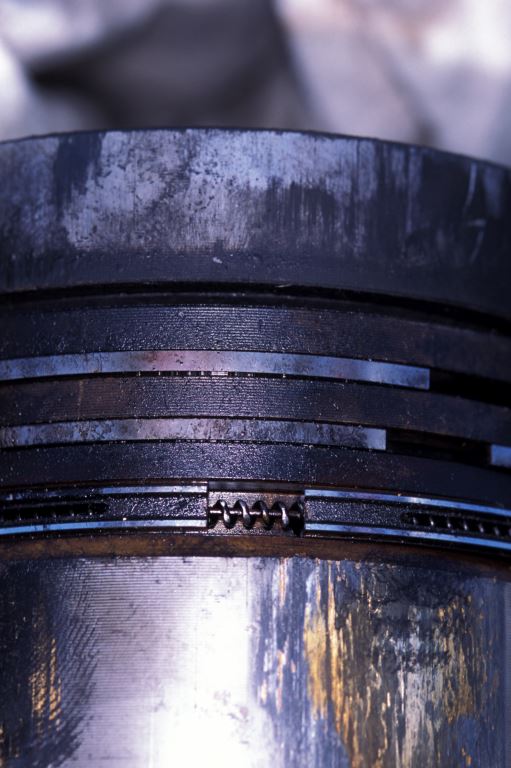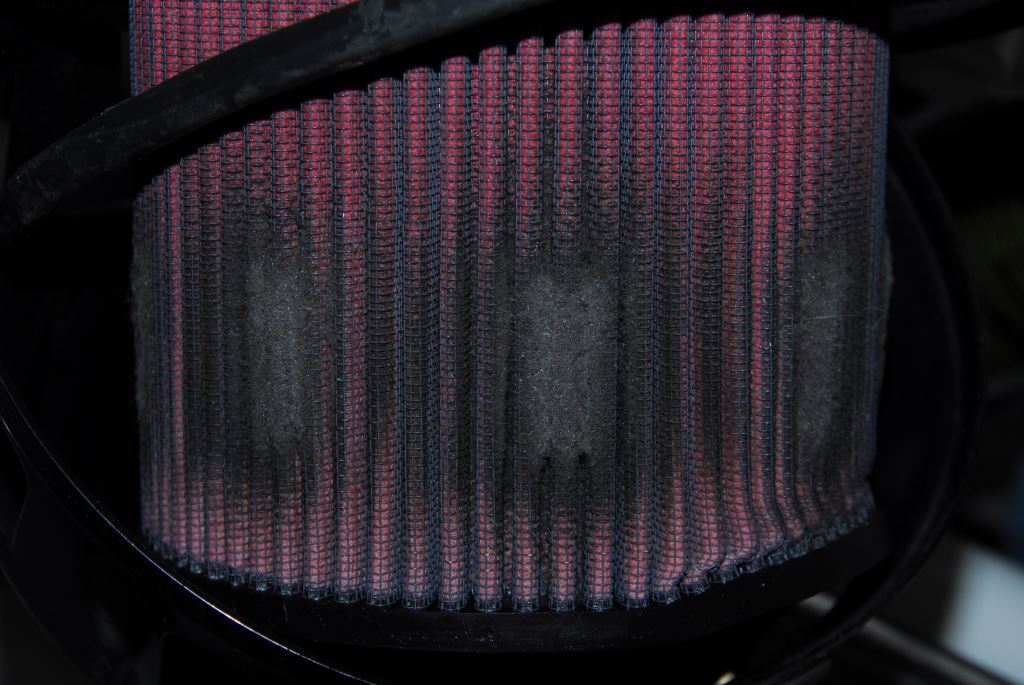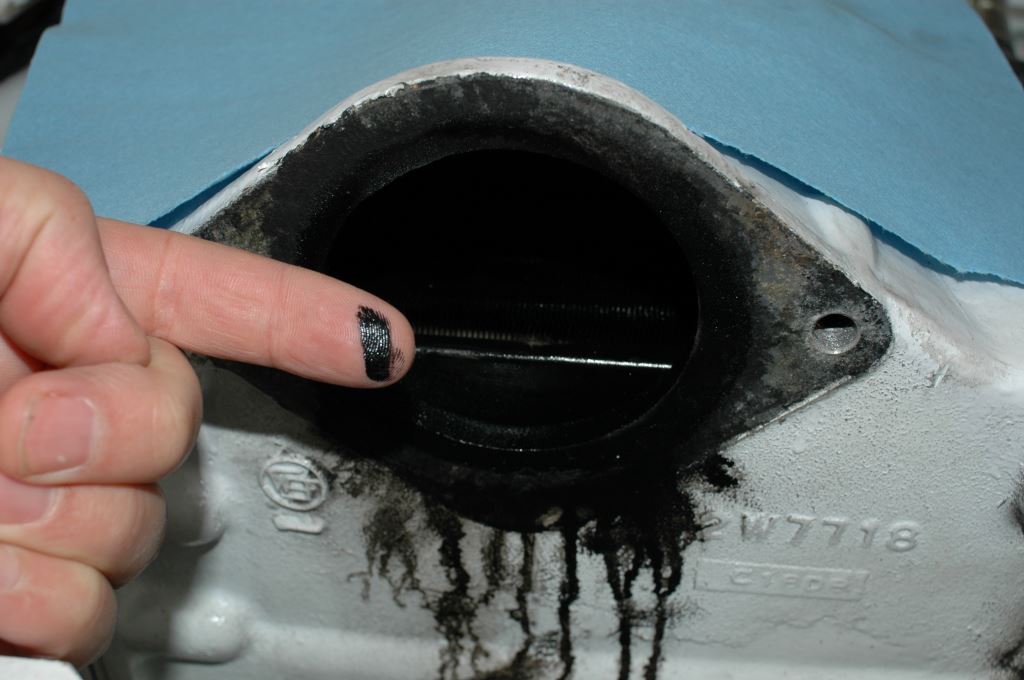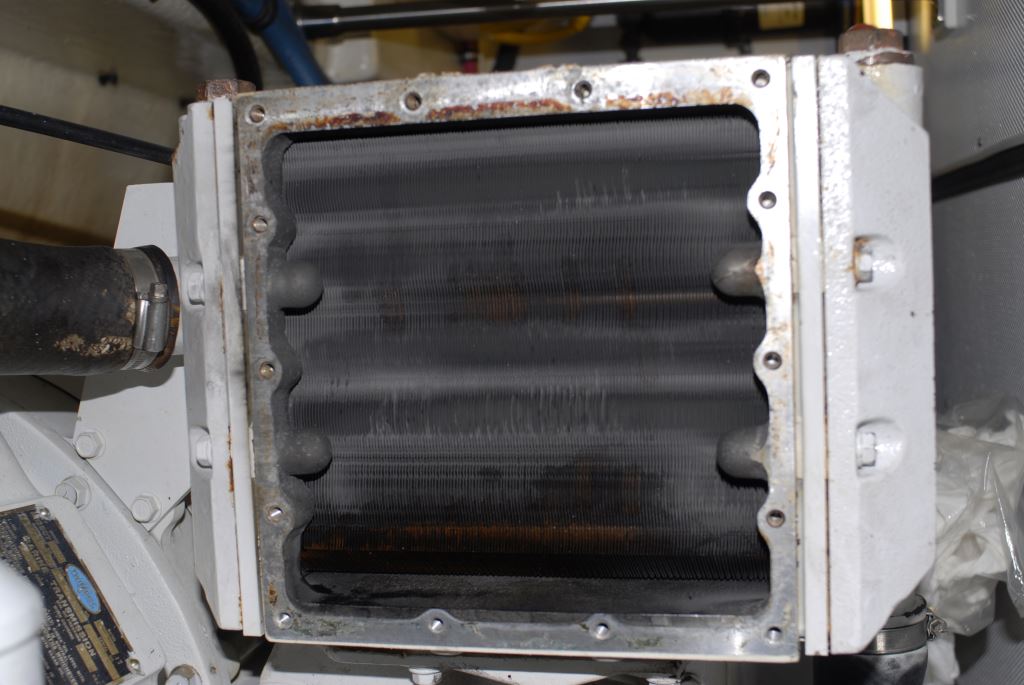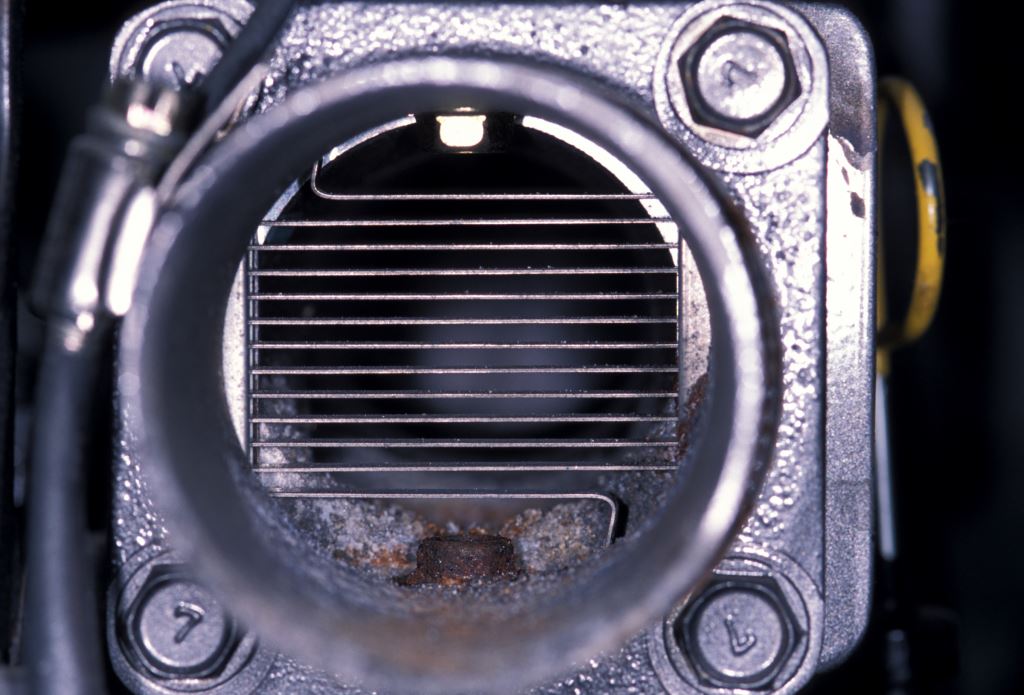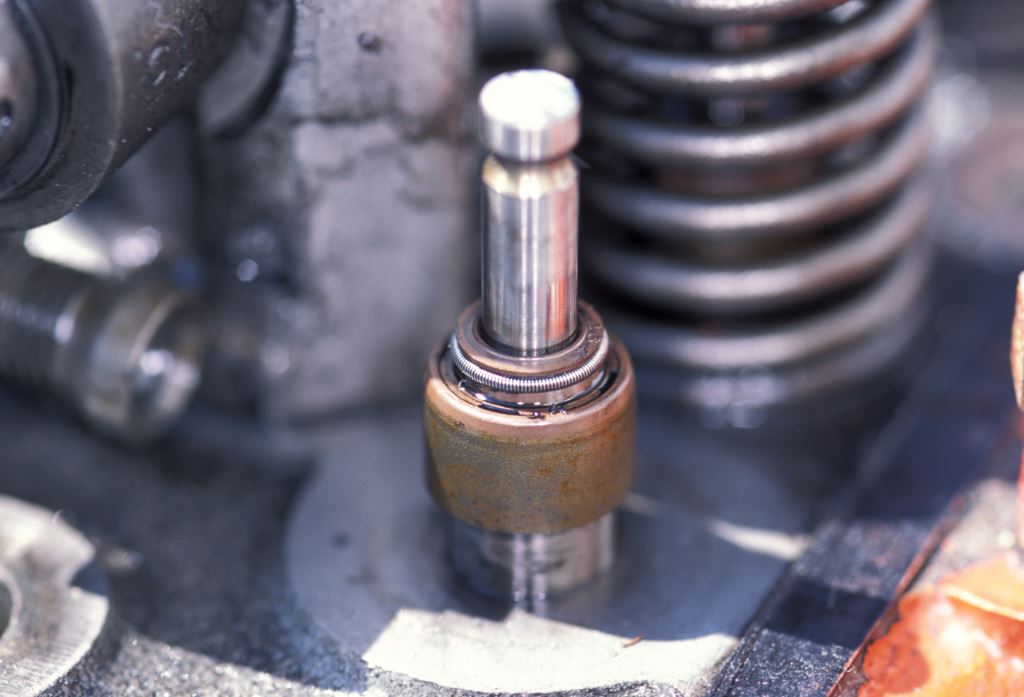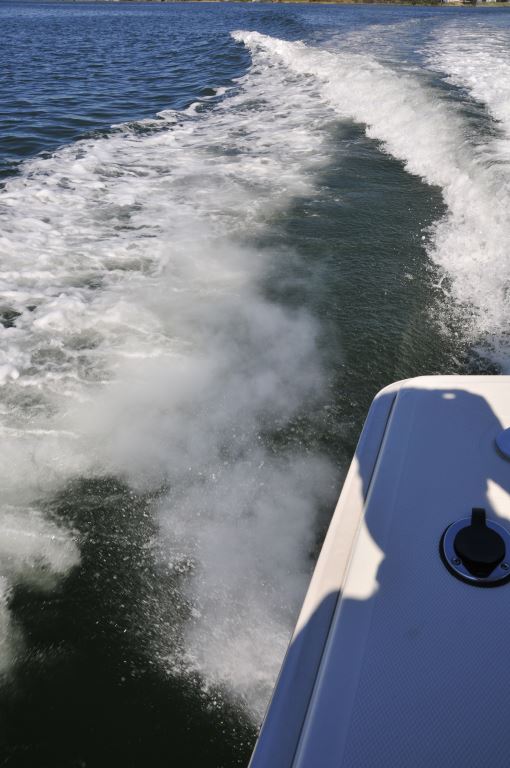From the Masthead
In an effort to go, or appear, green, is the marine industry shooting itself in the foot?
I recently attended the North American marine industry’s premier event, the International Boat Builder’s Exhibition, between hurricanes Helene and Milton, in Tampa, Florida, where there was no end of propulsion (and other) products labeled “green”, “sustainable”, or “carbon free/neutral”.
In one presentation, entitled, Avoiding Contradictions in Technology, which included as panelists a naval architect, an engine manufacturer and other marine industry professionals, and which was moderated by Aaron Porter, editor of Professional Boat Builder magazine. About halfway through the 90-minute session, I asked the following question (I’m paraphrasing)…
“I hear a lot about electric propulsion, and other new and interesting technology, much of it is right here on the show floor, however, in my experience many manufacturers, especially those introducing new, high-tech products, underestimate the need for short and long-term support and training for dealers, and when these products aren’t well-supported, that tends to lead to dissatisfied boat owners. Add to that the already high cost of boat ownership, and of these products specifically, and it ends up being a good recruiting tool for golf clubs, because boat owners become disillusioned and fed up with systems that simply aren’t ready for prime time. When I work in Europe I see few middle class boat owners, we seem to be headed in that direction. Does this concern you?”
None of the panelists disagreed with the sentiment, and at least one agreed they could do better.
As an industry, we struggle to recruit and retain technicians who can fix legacy propulsion systems, much less the seagoing version of an EV. I’m all for greater efficiency, and environmental friendliness, but not at the expense of reliability, affordability and enjoyment. With a few exceptions, most boat owners and buyers I talk to aren’t driving this trend toward electrification and (seeming) carbon neutrality, I don’t hear boat buyers saying, “I’m not ready to buy yet, I’m waiting for them to introduce a bigger (more expensive) electric outboard”, or “I want a battery powered vessel, gas and diesel are just to environmentally unfriendly”.
As a former wrench turner, I believe marine manufacturers, and industry trade organizations’, seemingly never ending love affair with high tech, electric/green gear is mysteriously self-destructive, as it will drive people out of boating by making it ever more costly, ever less reliable and… ever less fun. Fear not, because those same marine industry advocacy groups that are embracing “green” products, are also reminding us that our boat owning ranks are shrinking, and thus we need an ad campaign to attract more of them. When I was a kid, our middle-class family of six had small boats, which we used and enjoyed immensely, they weren’t fancy, just simple 16-foot runabouts, which broke down, requiring a tow from time to time (and sank at least once), but no one had to recruit us to become boaters. We had neighbors who had a boat and they were clearly having fun with it, so we got one too.
The author stands before the family run about, on a gloomy day in Huntington Harbor, New York circa 1969.
The marine industry is at least partially responsible for pushing boat ownership further and further out of reach of new, younger boat owners and families, which can only lead to one thing, extermination. Instead of concentrating on the latest, and often impractical and expensive technology, what would happen if marine equipment manufacturers concentrated on reliability, support, and affordability? Imagine if a builder said, “our goal is to offer the best and most reliable, rather than the newest and most costly, technology, because we want you out on the water, rather than in the marina, waiting for a laptop-toting mechanic”.
This month’s Marine Systems Excellence eMagazine feature covers the subject of reading exhaust smoke, I hope you find it both interesting and useful.
Learning to Read Exhaust Smoke
White smoke is indicative of atomized but unburned fuel, it has several sources, one of which is a malfunctioning pre or post heating system.
While today’s crop of computer-wielding mechanics relies on high tech tools to formulate diagnosis, there’s still something to be said for the tried-and-true technique of interpreting quantity and color of smoke emitted by a diesel engine.
For many vessels with conventional, mechanically injected engines, smoke on start up, especially on a cold day, is not unusual and no cause for alarm.
Engines that rely on electronic injection control are far better at reducing, or even eliminating, smoke on start up and at idle.
Learning to interpret these signals is straightforward enough. Black smoke represents unburned or partially burned fuel; the more of it, the greater the inefficiency, as unburned fuel is wasted fuel. There are a variety of causes for black smoke, the most common of which is overloading, sometimes referred to as over-fueling, i.e., pumping more fuel into a cylinder than can be efficiently burned in the combustion process. If you’ve ever seen a power or sailing vessel, one whose diesel engine is mechanically governed, maneuver hard while docking or at the moment of sudden acceleration emit a puff of black smoke, this is an example of a momentary overload. If you’ve seen vessels emitting a constant plume of black smoke (and who hasn’t) while under heavy load, this represents a chronic over-fueling scenario.
Misadjusted valves can cause an engine to starve for air; this can cause incomplete combustion and black smoke.
It’s typically caused by an incorrectly sized propeller, too much pitch or too much diameter. It may also be caused by a fouled propeller, just a few hard barnacles can induce enough drag and inefficiency on a small engine to create over-fueling. Worn out, carbon encrusted or malfunctioning injectors or a clogged or wet air filter may also be the cause of black smoke.
Fouled injectors can lead to excess smoke, as their ability to properly atomize fuel is hindered
Blue smoke, on the other hand, is typically created when crankcase lubricating oil is burned in the engine’s combustion chambers. Not only does this create an unpleasant haze that follows the vessel and fouls its transom, it represents oil consumption as well as carbon formation within the combustion chamber.
Cylinder wall glazing and fouled, seized or damaged piston rings can allow oil to leak into a combustion chamber, often causing blue smoke.
The causes of blue smoke production are typically worn valve stems or guides (stems are part of exhaust and intake valves, guides are the tubes in which they move), worn or carbon-fouled piston rings, or a leaking turbocharger shaft seal.
This oil-fouled air filter is likely restricting air flow to the cylinders, which can cause incomplete combustion, which in turn can lead to smoke production. The source of the oil must also be identified and corrected.
Dirty air filters restrict air flow, which hinders the combustion process, leading to smoke production.
Because oil is a much heavier distillate than diesel fuel, it does not burn completely, which is what causes the carbon formation and blue smoke. Determining which is the culprit, valve stems/guides, turbo or piston rings calls for a cylinder differential leak down test (I’ll cover this in an upcoming column), a procedure that can be performed by a diesel mechanic, or an inspection of the turbo and after-cooler, if equipped.
After coolers are susceptible to oil-fouling and thereby restricting air flow to the combustion chambers, which leads to incomplete combustion.
White smoke is among the most difficult symptoms to diagnose, primarily because there are so many possible causes. They range from over-cooling, whereby the cylinder head and combustion chambers operate at a temperature that is too low, leading to poor combustion characteristics, to piston ring blow by, which in turn leads to low compression and poor combustion.
An oily sheen on the water, with the exhaust as the source, is often caused by oil leaking into combustion chambers.
In most cases white smoke represents atomized, unburned fuel or very small droplets of fuel, a fog of sorts. It’s common and normal to see this when a cold mechanically injected diesel engine is started, and until it warms up. If, however, pre, or post, heat devices such as glow plugs or an air intake heater are malfunctioning, white smoke production may be excessive and long-lasting. In extreme cases the engine may be difficult or impossible to start.
Air pre and post heat systems warm the air being drawn into the cylinder on start up, and in some cases after the engine is running and until it warms up (this one has been exposed to water).
Poor quality fuel, particularly fuel that is “off spec” or not within the parameters set forth by ASTM Standards for number two diesel fuel, will exhibit poor burn characteristics, which in turn may lead to white smoke production. Adding a fuel cetane booster may temporarily alleviate this problem while identifying its source. Other causes of white smoke are poorly adjusted valves or worn valve seals, a partially activated decompression lever or a blown head gasket (which allows coolant to leak into the combustion chamber, a clue to which is falling coolant level, or coolant contaminated with soot), cracked cylinder head or cylinder liner, all of which can be identified by a competent diesel mechanic who has the right tools in his or her bag.
Valve stem seals, if worn out, can allow oil to leak into combustion chambers.
A final cause of white smoke is insipient overheating. In some cases, the smoke is actually steam (more accurately water vapor), and the insidious nature of its production is that it occurs in the exhaust system rather than as a result of an overheating engine.
Water vapor or “steam” can be indicative of an overheating or overly hot wet exhaust system.
If the flow of water into the exhaust injected elbow is compromised or restricted, by rust and corrosion in the elbow for instance, it may become excessively hot, which in turn can cause water vapor or steam production, while not being restrictive enough to cause a wholesale engine overheat. This possibility can be identified by measuring the temperature of the wet portion of the exhaust, the hose essentially, immediately downstream of the injected elbow using an infrared pyrometer (or one’s hand, carefully), while the engine has been at cruising speed for at least an hour. It should be well below the ABYC specified 200°F threshold for exhaust systems and typically in the 130-150°F region. For more on exhaust system analysis see this article.

